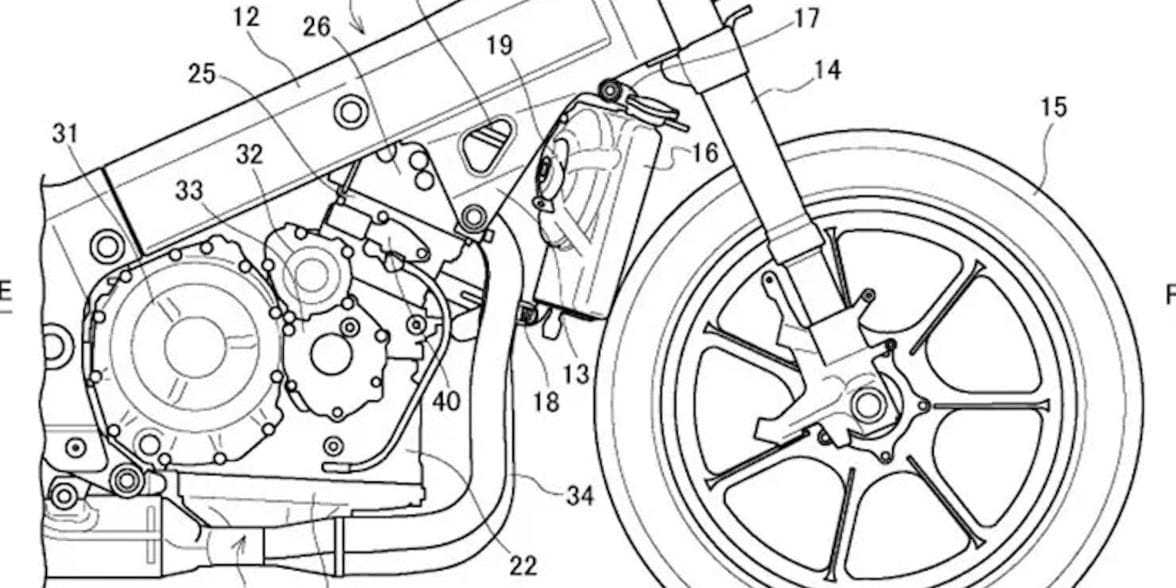The bike that won the title of “world’s fastest production motorcycle” at the turn of the century could soon sport a bit of tech that will support hi-rev performance at lower emissions… but at what cost?
According to Ben Purvis’s coverage on the filing (CycleWorld), Suzuki’s looking at installing Variable Valve Timing (VVT) into their superbike flagship, the Hayabusa; patent imagery shows the brand keen on a design that “alters the advance of the intake camshaft timing using a hydraulic cam phaser.”
“The new patents for a Hayabusa with variable valve timing… [adds] VVT system to the existing bike while avoiding expensive redesigns of major parts like the frame.”
“Despite its legendary status, the Hayabusa isn’t a huge seller, so such an approach makes sense, minimising R&D expenditure while ensuring substantial improvements in performance, emissions and economy.”
– Ben Purvis (Bennetts)
VVT isn’t a new concept, but this one is new for Suzuki; their the use of VVT in their 2017 GSX-R1000 used centrifugal force to achieve cam phasing, a unique concept for the time and the first all-out superbike to carry VVT (via Bennetts).
Other bikes with this design concept include Kawasaki’s 2007 Concours 14, a model known to carry a very similar design to Suzuki’s patent, while Ducati’s Testastretta “DVT” (Desmodromic Variable Timing) features a variable timing system that acts on “both the intake AND exhaust valves” (via Ducati).
With Suzuki, BMW, Kawasaki, Ducati, Aprilia and Yamaha all investing in VVT to carry them through the increasingly strict Euro regulations (via MCN), we look forward to seeing how Suzuki will use this VVT patent to shore up future motorcycle models.



